Poverty continues to persist in many countries throughout the world despite improvements in the global trade regime and significant enhancement in agricultural productivity through the Green Revolution technologies. To achieve the millennium goal of halving poverty by 2015, these people should be provided with alternative production opportunities that can generate new employment and enhance incomes. Data from several countries reviewed in this study confirm that agricultural diversification can contribute to this.
In a scenario of shrinking land and depleting water resources, the challenge of the new millennium is to increase biological yields to feed the ever-growing population without destroying the ecological foundation. It is thus important not to package this challenge as a demand or imposition on farmers, for which they would bear the cost, but as a necessity and methodology to also sustain their welfare.
This book deals with different practices in agriculture diversification. Care has been taken to include applied aspects and present scenario of different practices necessary for agriculture diversification. The book will be of use to the students, researchers and progressive farmers.
ABOUT THE AUTHOR A K Sharma
Shri A.K. Sharma is an archaeologist of repute. He is internationally known for his original contributions in the field of archaeology and anthropology. During thirty three years of his hectic career, in different capacities in the Archaeological Survey of India he explored and excavated a number of sites throughout the length and breadth of the country, particularly in remote and inaccessible areas of North-East India, Jammu Kashmir and Lakshadweep. To his credit goes the discovery and excavation of the biggest Stone Age site Anangpur, near Delhi, the biggest prehistoric cave of Kachagad in Maharashtra, the sprawling nucleus megalithic site in Chhattisgarh, unique Neolithic site of Gufkral in Kashmir Valley, early historic sites of Sekta in Manipur and Vadagokugiri in Garo Hills of Meghalaya. He is also known for the discovery of horse bones of domesticated horse in Harappan context which have been internationally acknowledged and has changed the whole theory about Aryans and Vaidic period. He worked at Kalibangan excavation from 1961 to 1969. He has to his credit more than 50 published research papers on anthropology, archaeozoology, prehistory and other aspects of archaeology. Presently he is working as Senior Fellow of Indian Council of Historical Research on his project “Megaliths of Chhattisgarh including Bastar:. He is also directing the excavations at Mansar near Nagpur.



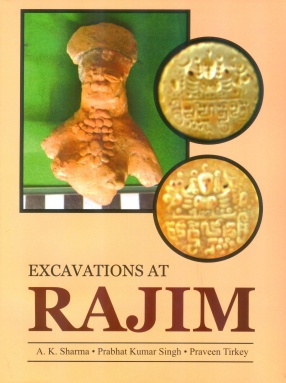
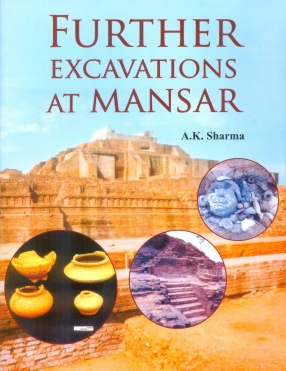
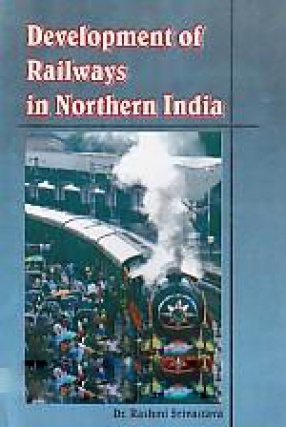
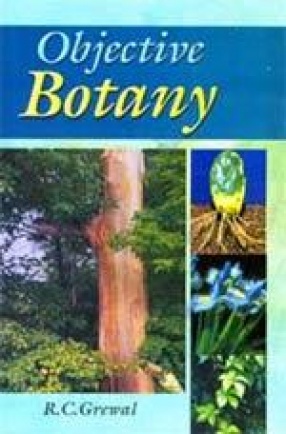
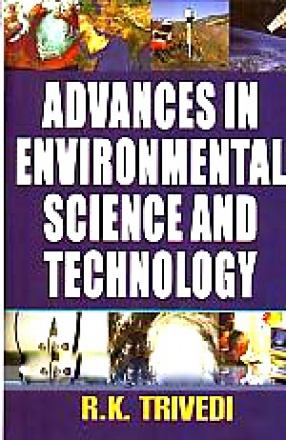
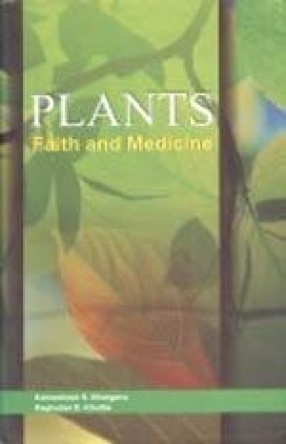
There are no reviews yet.